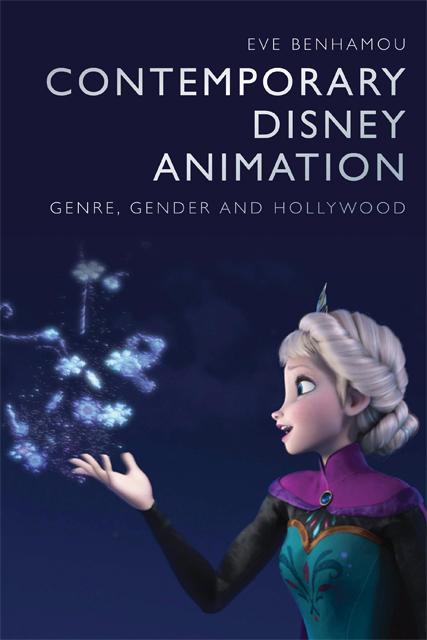1 - Animating a Formula: Disney, Genre and Hollywood Animation
Published online by Cambridge University Press: 14 July 2023
Summary
You want reality? Here you go, chief. The show’s too predictable. The girl’s in danger, the dog saves her from the creepy English guy, we get it. There’s always a happy ending, and our focus groups tell us 18-to-35-year-olds are unhappy. They’re not happy with happy … if you lose so much as half a rating point, so help me I will fire everyone in this room, starting with you! (Mindy Parker in Bolt, Byron Howard and Chris Williams, 2008)
Early in Bolt, a network representative (Mindy) challenges the presumptuous television director of the action series ‘Bolt’, in which the canine hero (also named Bolt) unknowingly stars. Despite the apparent success and appeal of the series, suggested by its impressive budget, dazzling special effects, endearing animal protagonist and associated merchandise, the formulaic aspect of each episode is starting to bore audiences. Mindy’s brief, unequivocal statement is her answer to the patronising and overconfident director, who is convinced that his approach is the most effective. Yet, he is forced to adapt both by revising the structure of the following episodes and even by borrowing from other genres to maintain the show’s popularity: the film notably concludes with an episode relying on science-fiction tropes.
This sequence not only plays a pivotal role within Bolt’s narrative, leading to Bolt’s separation from his beloved owner Penny and his journey to find her, but also reflects the wider struggles that Disney had faced in the mid-1990s and 2000s. While Disney had always dominated and defined mainstream feature animation, a series of critical and commercial failures, paralleled by the rise of new and highly successful studios, seriously disrupted this monopoly. While Pixar reinvented the aesthetic of mainstream animation by consolidating and popularising a particular style of computer animation, DreamWorks promoted a distinctive tone, humour and generic approach which exerted a ‘considerable influence’ on 2000s animation (Summers 2020: 2). The output of these major studios was produced, marketed and received as different from, one often opposed to the idea of the Disney formula, especially its perceived predictability, sentimentality and cheerfulness, as referred to in Bolt.
- Type
- Chapter
- Information
- Contemporary Disney AnimationGenre, Gender and Hollywood, pp. 22 - 48Publisher: Edinburgh University PressPrint publication year: 2022



